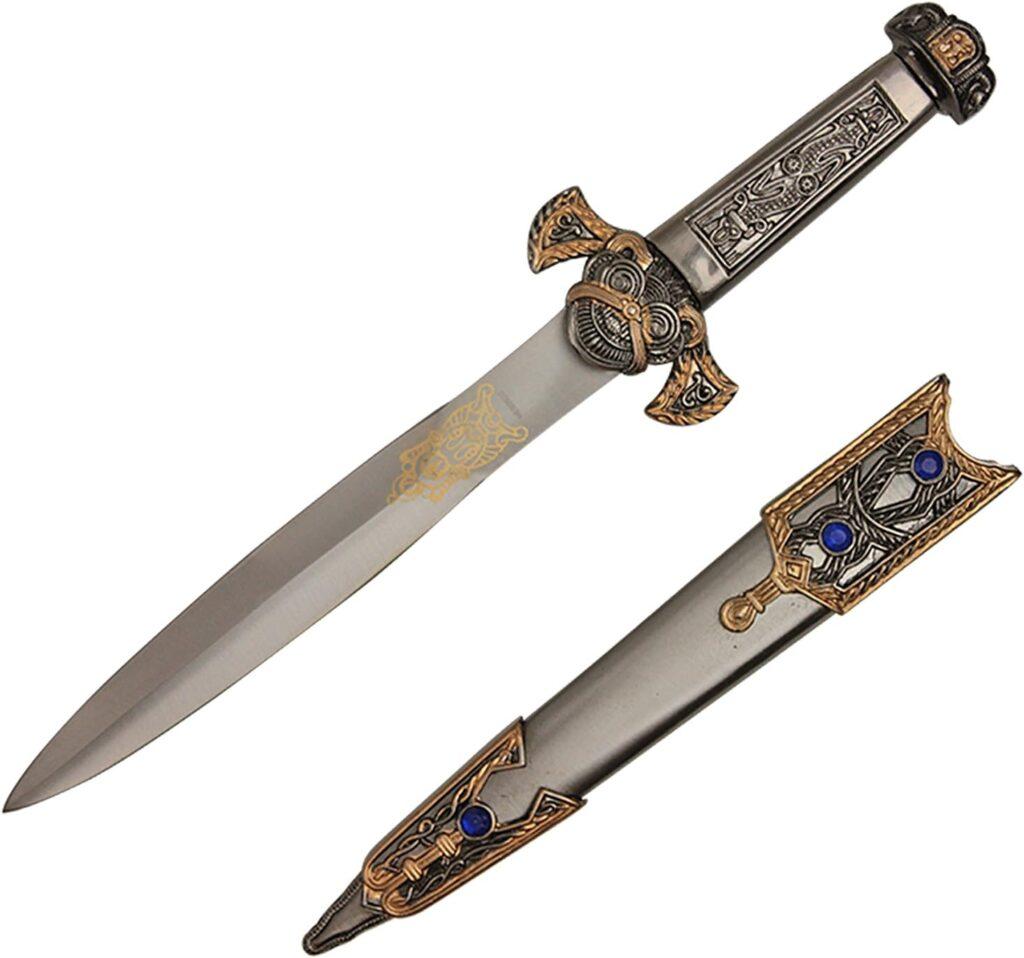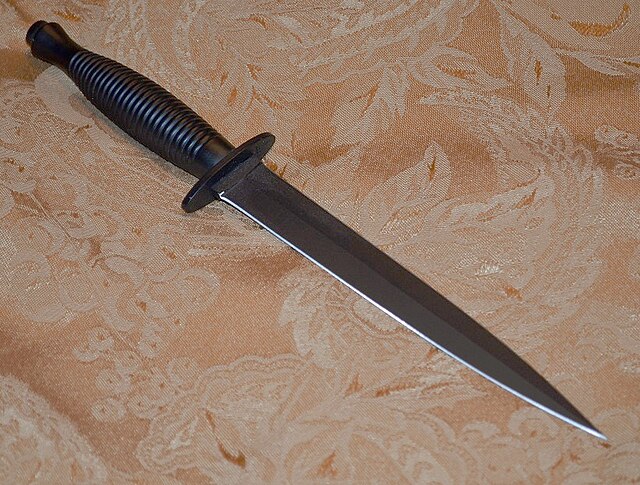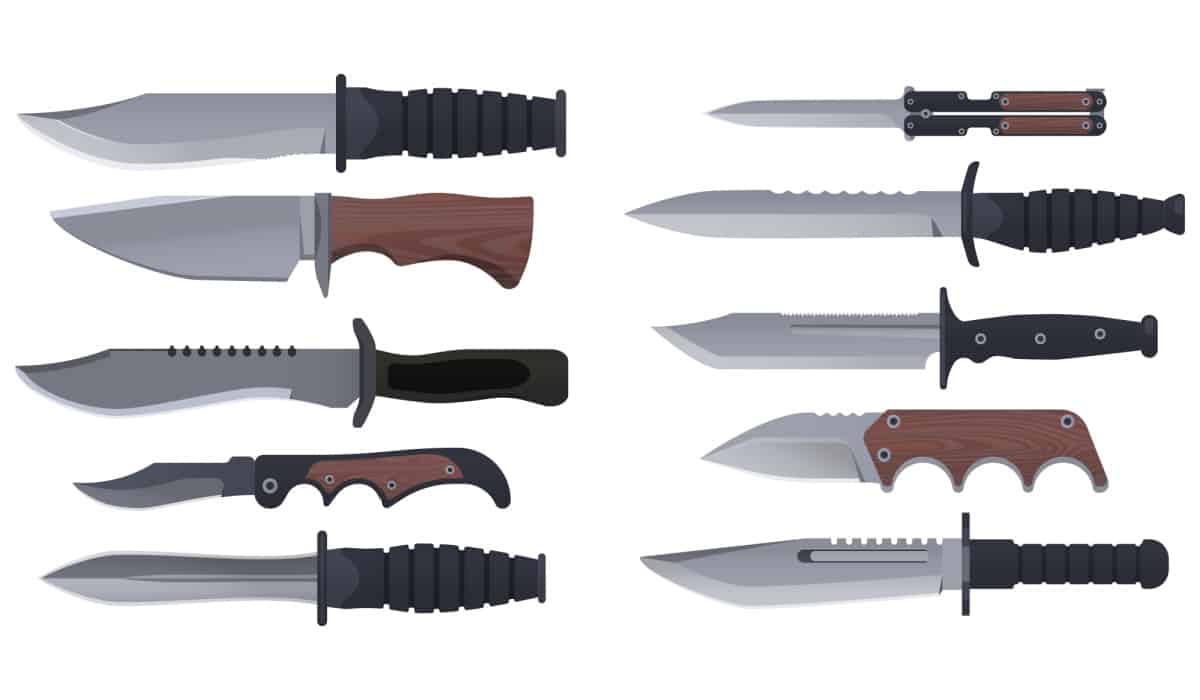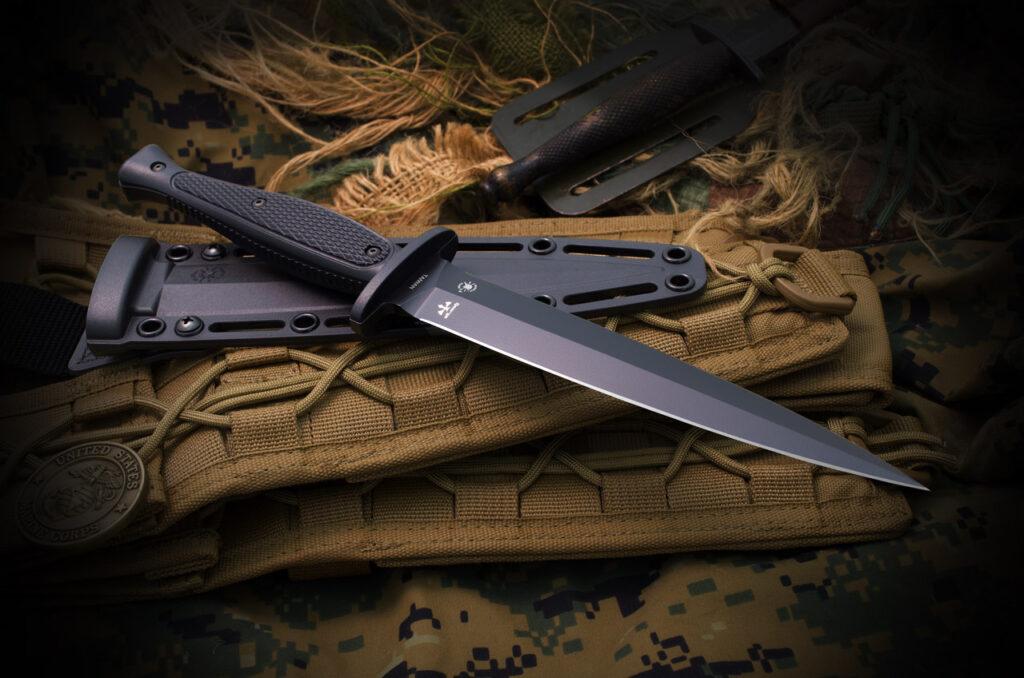How big is a dagger knife?
A dagger can vary in length, typically measuring from five to twelve inches. The longer the dagger, the greater its weight and potential to inflict more damage upon its target.

Average Size of a Dagger Knife
Exploring the average length of a dagger knife
Dagger knives come in various sizes, depending on personal preferences and intended use. Here is some information about the average size of a dagger knife:
- The average size of a dagger knife is about 10 inches. This size offers a balance between power and control.
- Daggers can range in size from five to twelve inches. Smaller sizes are ideal for concealment, while larger sizes provide more effectiveness as a self-defense weapon.
- The thickness of a dagger knife blade is typically around 1/8 inch or 3mm, depending on the material used.
- Daggers are designed with a full-tang blade, meaning the metal runs from the tip to the hilt, making them strong and durable.
To learn more about dagger knives and their uses, you can visit the dagger Wikipedia page.


Dagger Knife Thickness
Understanding the thickness of a dagger knife blade
The thickness of a dagger knife is an important factor in its performance and durability. A standard dagger blade is typically about 1/8″ or 3mm thick. This thickness provides a good balance between strength and maneuverability.
A thicker blade can withstand more abuse and is less likely to break or bend during intense combat situations. However, it may be heavier and less agile. On the other hand, a thinner blade offers enhanced agility and speed but may be more prone to damage.
The impact of material choice on the thickness
The thickness of a dagger knife blade can also be influenced by the choice of material. Different materials have different density and weight properties, which can affect the thickness needed for optimal performance. For example, a blade made from high-density steel may require less thickness compared to a blade made from a lighter material like titanium.
It’s important to choose a dagger knife with the appropriate thickness for your intended use. Consider factors such as the type of combat or self-defense situations you may encounter, personal preference for weight and agility, and the durability required for long-lasting performance.
Remember to check local laws and regulations regarding the length and blade characteristics of a dagger knife to ensure compliance and responsible use.

Difference Between a Dagger and a Blade
When it comes to weapons, understanding the difference between a dagger and a blade is essential. While both have their uses, they differ in terms of design and function. Let’s take a closer look at their characteristics:
Differentiating between the characteristics of a dagger and a blade
- A blade is a flat cutting edge of a knife or tool, commonly used for slicing.
- On the other hand, a dagger has two sharpened edges and a pointed tip. Daggers are primarily designed for stabbing rather than slicing.
- Some daggers also have a double-edged blade, which makes them stronger and more lethal in combat. However, they can be more challenging to wield effectively.
The purpose and design of each
- Blades are versatile and widely used for various cutting tasks, including food preparation and everyday utility.
- Daggers are smaller and ideal for close combat situations, where their stabbing capability and double-edged blades make them effective weapons for self-defense.
Understanding the differences between daggers and blades helps in choosing the right tool for the intended purpose.

Tactical Dagger Knives
Exploring the requirements for tactical dagger knives
When it comes to tactical dagger knives, size plays an important role in their effectiveness and purpose. Here are some key points to consider:
1. Length: Tactical dagger knives are typically smaller in size compared to other knives. The average length of a tactical dagger knife is around 10 inches, making it compact and easy to handle.
2. Blade Design: Tactical dagger knives have a double-edged blade with a sharp pointed tip. This design allows for precise stabbing and self-defense maneuvers.
3. Materials: The materials used in the construction of tactical dagger knives are crucial for their durability and effectiveness. High-quality metals such as stainless steel or carbon steel are commonly used to ensure strength and sharpness.
4. Concealability: One of the key factors in tactical dagger knives is their ability to be concealed. They are designed to be easily carried on the body or in discrete locations.
Summary: Tactical dagger knives are compact and efficient self-defense tools. With their specific length, blade design, and concealability, they offer a reliable option for personal safety.
To learn more about tactical dagger knives, check out this article on Wikipedia.

